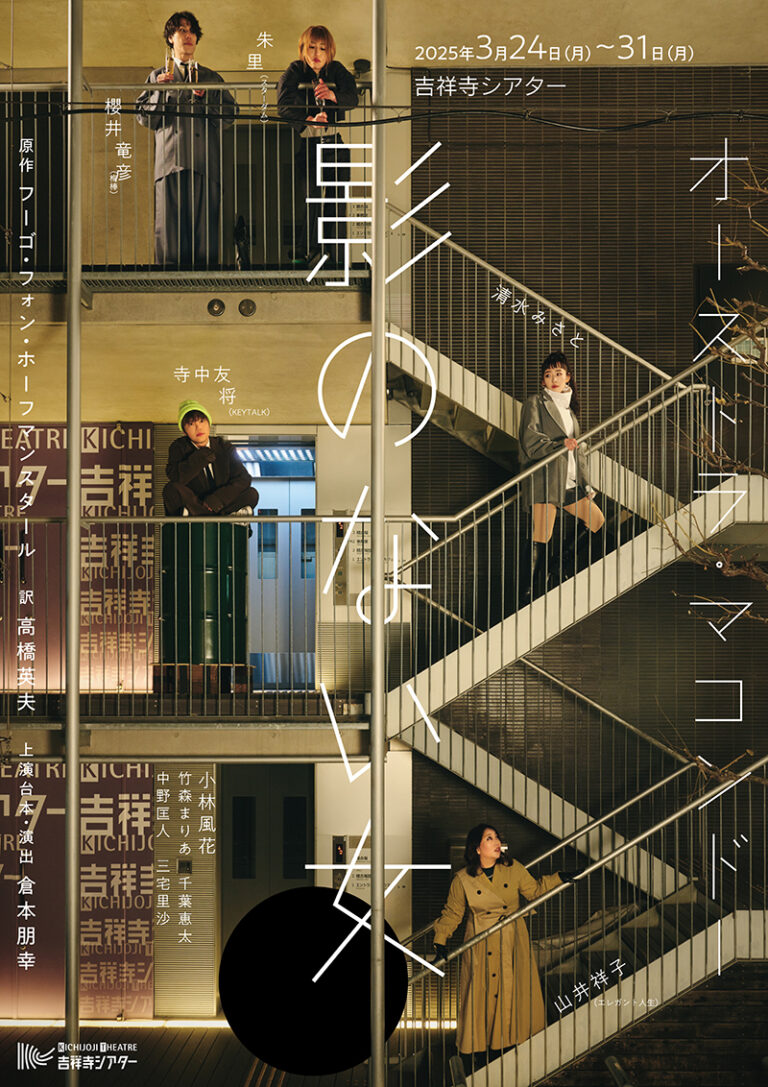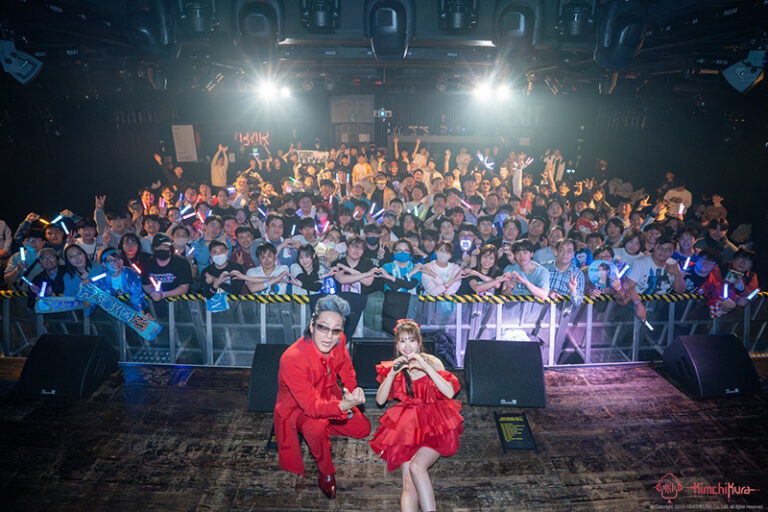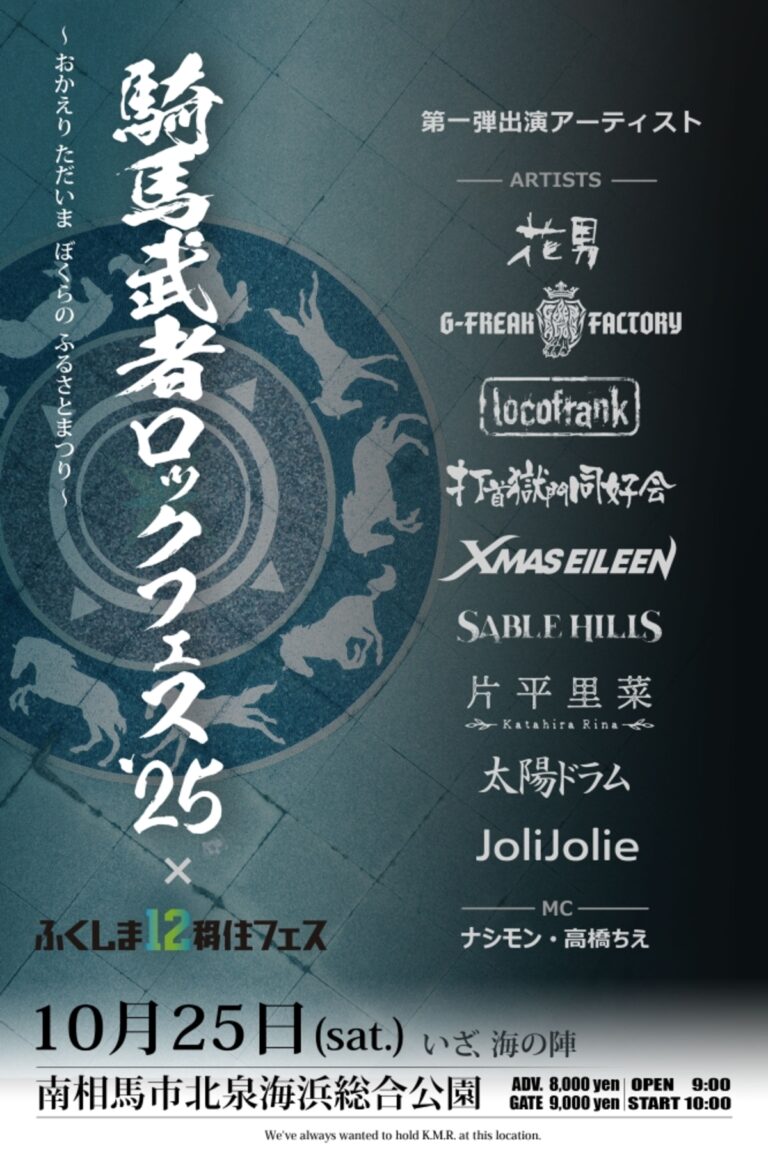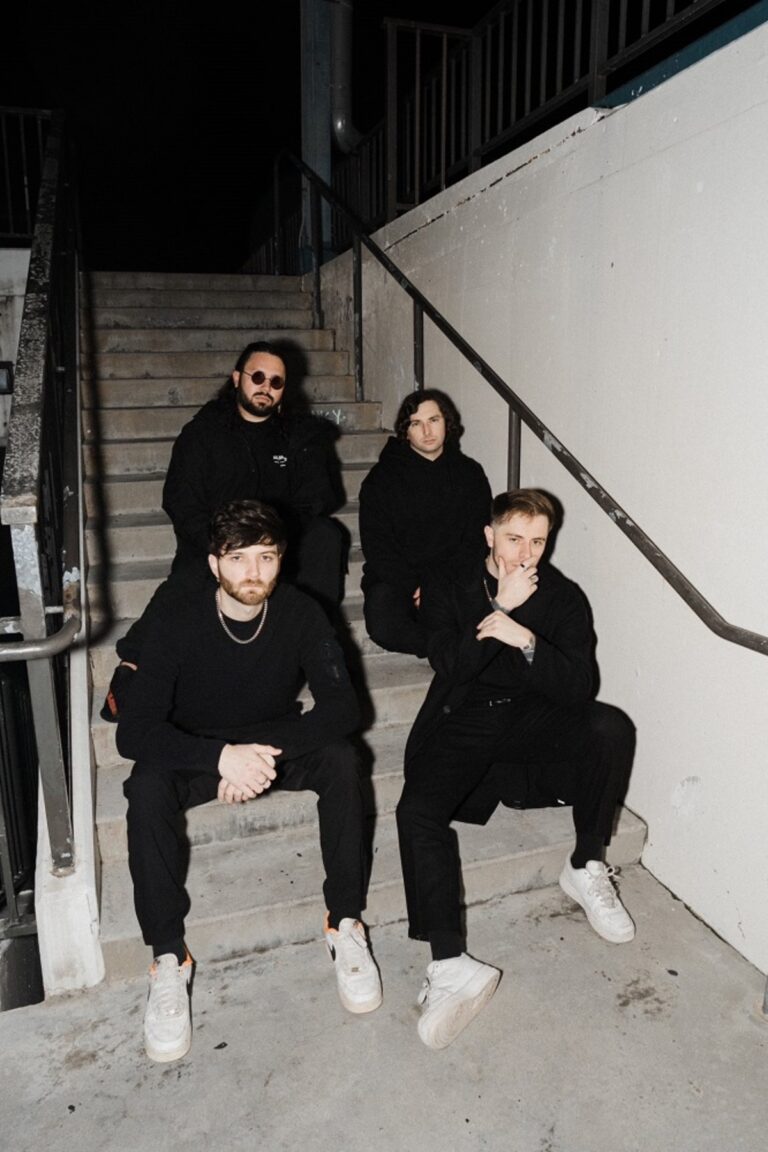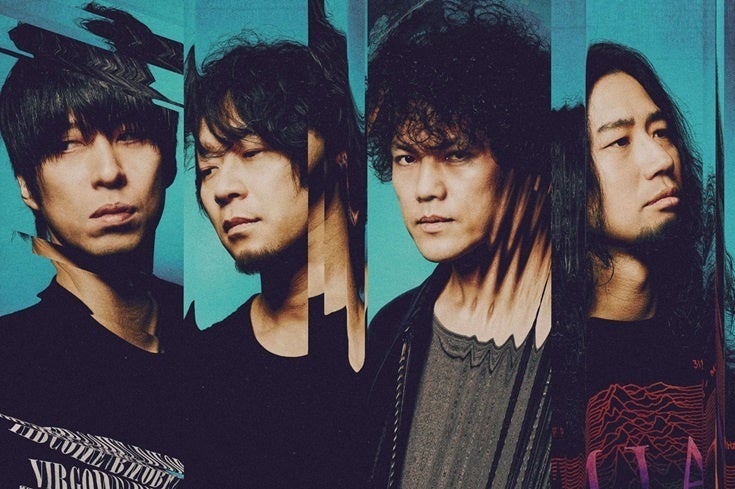The finals of the “avex presents DANCE CLUB CHAMPIONSHIP,” a competition sponsored by Avex to determine the best high school dance club in Japan, will be held at Tokyo Garden Theater (Koto-ku, Tokyo) on Tuesday, August 20th.
DCC is a competition that pits the best high school dance clubs from across the country. It began in 2013 and will be held for the 12th time this year. The judging criteria are “how well the two-character kanji theme is expressed through dance,” as well as “expressiveness,” “technical ability,” and “originality,” with scores out of 100 points. In addition to regional competitions in six areas, Tohoku, Kanto, Chubu, Kansai, Kyushu, and Taiwan, online preliminary competitions will be held from June, and the 37 teams that have made it through from all over the country will now compete in the final showdown.
▼This year’s featured schools
■Takenami High School (Saitama Prefecture)
This year, two teams from this powerful school, which is in its 24th year since its founding and has 140 members, advanced to the finals. This is DCC’s 8th consecutive appearance.
The theme of the team that won the Kanto Tournament was “Wasshoi”. The dance conveys the Japanese spirit and is the only one to feature breaking in this tournament. In addition, the female members performed “Jiyuu”, which expresses the wonderfulness of freeing yourself and seeking freedom. The school also won the FNS 27-Hour TV show “Kagi Dance Stadium”, and is a regular at the event, winning top prizes despite not having a coach.
■Tezukayama Gakuin High School (Osaka Prefecture)
Founded 33 years ago, with 60 members, this school was runner-up last year and won the year before, with two teams advancing to the finals this year. This is DCC’s fifth consecutive appearance. This year’s theme is “Your Wings/How Do You Live?” and the costumes were made by fashion creator Maiko Ohno, a graduate of Tezukayama Gakuin’s dance club. The design is also noteworthy, as the wings escaping from the suffocating pressure stand out. The team has expanded its scope of activity, winning the Golden Buzzer on “Japan’s Got Talent” and performing a dance at the gala dinner of the “Special Summit for the 50th Anniversary of ASEAN-Japan Friendship and Cooperation.”
■Nihon University Meisei High School (Yamanashi Prefecture)
The club is in its 12th year since its founding, with 85 members. Last year, the club placed third at DCC, making this their sixth consecutive appearance. This year, they won the MyNavi HIGH SCHOOL DANCE COMPETITION 2024 FINAL. They also hold independent performances every year, and tickets to their performance at J:COM Hall Hachioji at the end of last year sold out immediately. The dance club is well-known locally and has many fans.
■Yamamura International High School (Saitama Prefecture)
Founded 49 years ago, the school has 63 members and celebrated its 100th anniversary last year. DCC is a regular school that has almost always made it to the finals, participating for the 10th time in 9 consecutive years. This year, two teams competed fiercely, coming in 1st and 3rd in the preliminaries of the Kanto Tournament. In “Let’s Snow Man Do It SP – 9-person Japan Dance Championship” (TBS), they competed in the team competition alongside a celebrity team. They won the DCC Vol. 9 (held in 2021).
■Horikoshi High School (Tokyo)
Founded 37 years ago, the club has 29 members. This is their first time competing in the DCC finals. This year’s theme, “Grudge Bell/Dojoji,” is based on the Anchin Kiyohime Legend, which is told at Dojoji, the oldest temple in Wakayama Prefecture. The dance will tackle a difficult theme depicting the intense love of Kiyohime, whose lust and resentment transformed her into a snake (a dragon) and burned everything to the ground in a huge flame.
▼A thorough explanation of the high school dance club scene
The arrival of Tomioka High School (Osaka Prefecture), which won the DCC in 2017 and became famous for its bubbly dance, influenced high school dance clubs in general, and there was a time when entertainment became more prominent. Rather than basic dance technique, the dancers were highly evaluated for their expressiveness and originality, and I was surprised and amused that this was a high school dance club. After that, when the creative dance boom started, led by Tezukayama Gakuin High School (Osaka Prefecture), I thought it was a “black ship in the dance world.” The highly technical works, which were different from street dance and highly expressed in a high density, changed the direction from “entertainment” to “art.”
(Hisayoshi Ishihara/Editor-in-Chief of Dance Media “Dansk!”)
When I was teaching the kids, I would tell them at first, “You don’t have to force your facial expressions,” but when I became a judge, I began to feel that this was one way of expressing yourself in a high school dance club. It’s not so much about dance technique, it’s about how well you present your free dance. A strong team is one that is perfectly synchronized, has sharp, beautiful, fast movements, and is good at showing things. If you can express yourself in a way that is easy for the audience to understand, you’ll see victory in sight. (SAM/TRF)
▼Why are there so many strong schools in Kansai? The difference between dance culture in Kanto and Kansai is similar to the difference between NY and LA.
In Kansai, there are relatively more group contests. Also, the choreographers are used to contests, so it feels like they are good at creating the pieces themselves. Comparing Kanto and Kansai is like comparing New York and LA. New York values feeling, sense, and nuance, and places emphasis on “this is cooler, isn’t it?” or “this is stylish, isn’t it?” On the other hand, in LA, they are tightly coordinated, memorize properly, and let their technique speak for itself. There is a way of dancing that focuses on the way of tapping and taking the rhythm, which is why it is called rock dance. It’s not that one is better than the other, but I feel that it’s just the culture. (SAM/TRF)
The communication skills required for dance clubs are more suited to kids with a Kansai temperament. They can say what they want to say right away, are expressive, and can make comedic remarks, so the whole team can communicate. I think these are temperaments that are well suited to dance. However, I feel that the artistic quality and sense of the works are more refined in the Kanto region, where there is a lot of information. It might be interesting to look at such differences between the east and west and regional characteristics. I hope that the participating teams will fight with pride, representing their hometowns.
(Hisayoshi Ishihara/Editor-in-Chief of Dance Media “Dansk!”)
The dance scene is attracting attention at the Olympics, and the DCC, the competition to decide the best high school dance club in Japan this year, will finally reach its final showdown at Tokyo Garden Theater on Tuesday, August 20th. Please look forward to the heated battle between all 37 teams.
________________________________________
▼ Overview of the 12th National High School Dance Club Championship | DANCE CLUB CHAMPIONSHIP Finals
The DANCE CLUB CHAMPIONSHIP is a dance event that decides the best dance clubs in high schools across the country. They compete on expressiveness, technical ability, originality, and more, based on a theme embodied in two kanji characters.
Date and time: Tuesday, August 20, 2024 Doors open at 13:20 / Show starts at 14:30
Venue: Tokyo Garden Theater (2-1-6 Ariake, Koto-ku, Tokyo)
Official websitehttps://dcc.avex.jp/

![[Skapara]3/19 Released Best Album The product with video is included in the “Skapara Koshien”!](https://tokytunes.com/wp-content/uploads/2025/01/Skapara319-Released-Best-Album-The-product-with-video-is-included-768x768.jpg)
